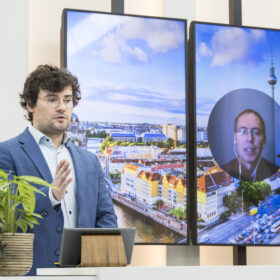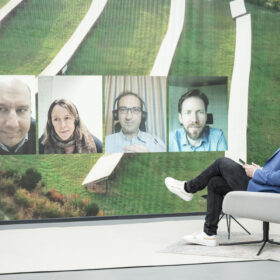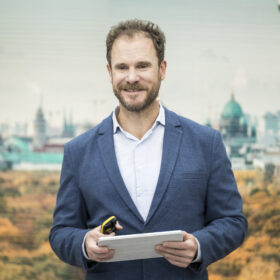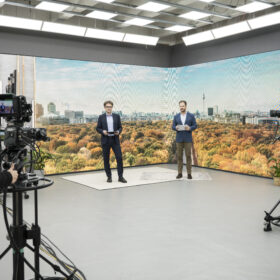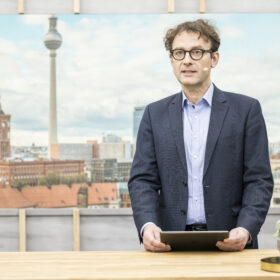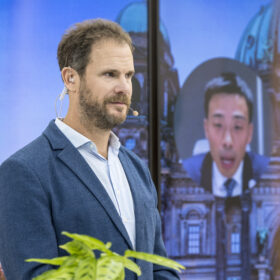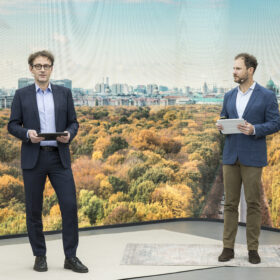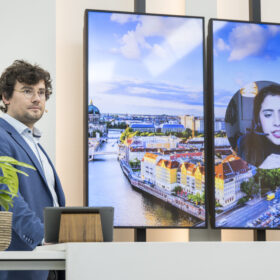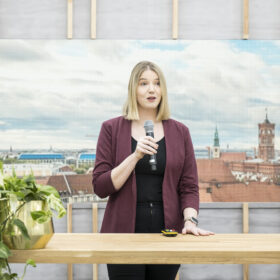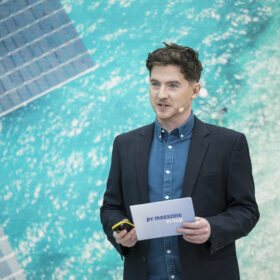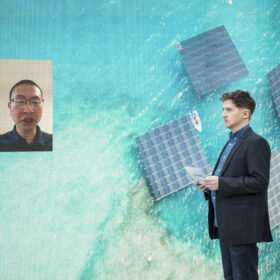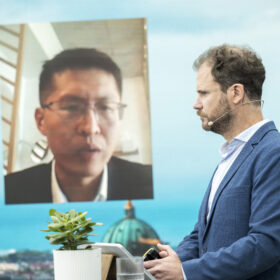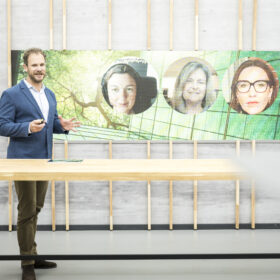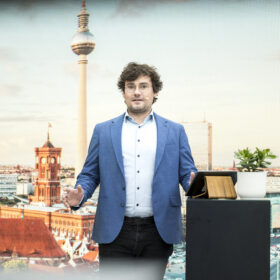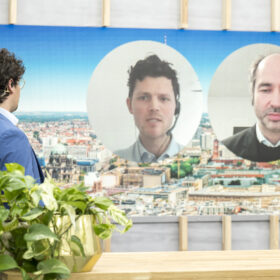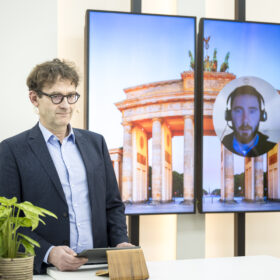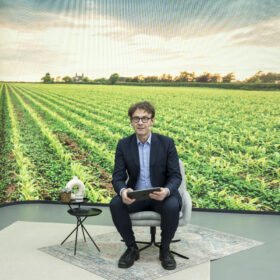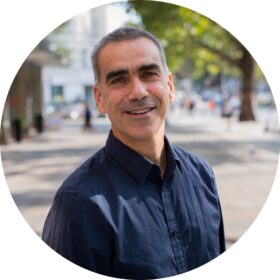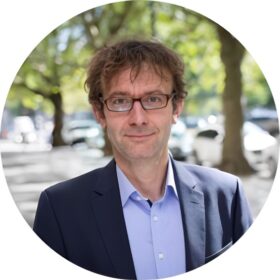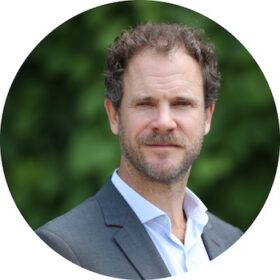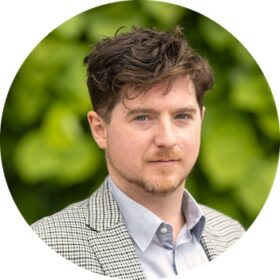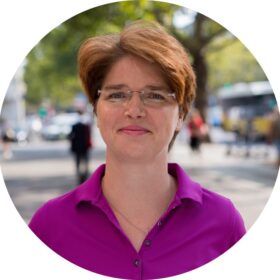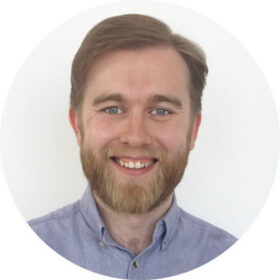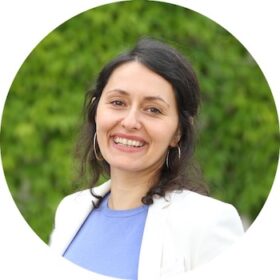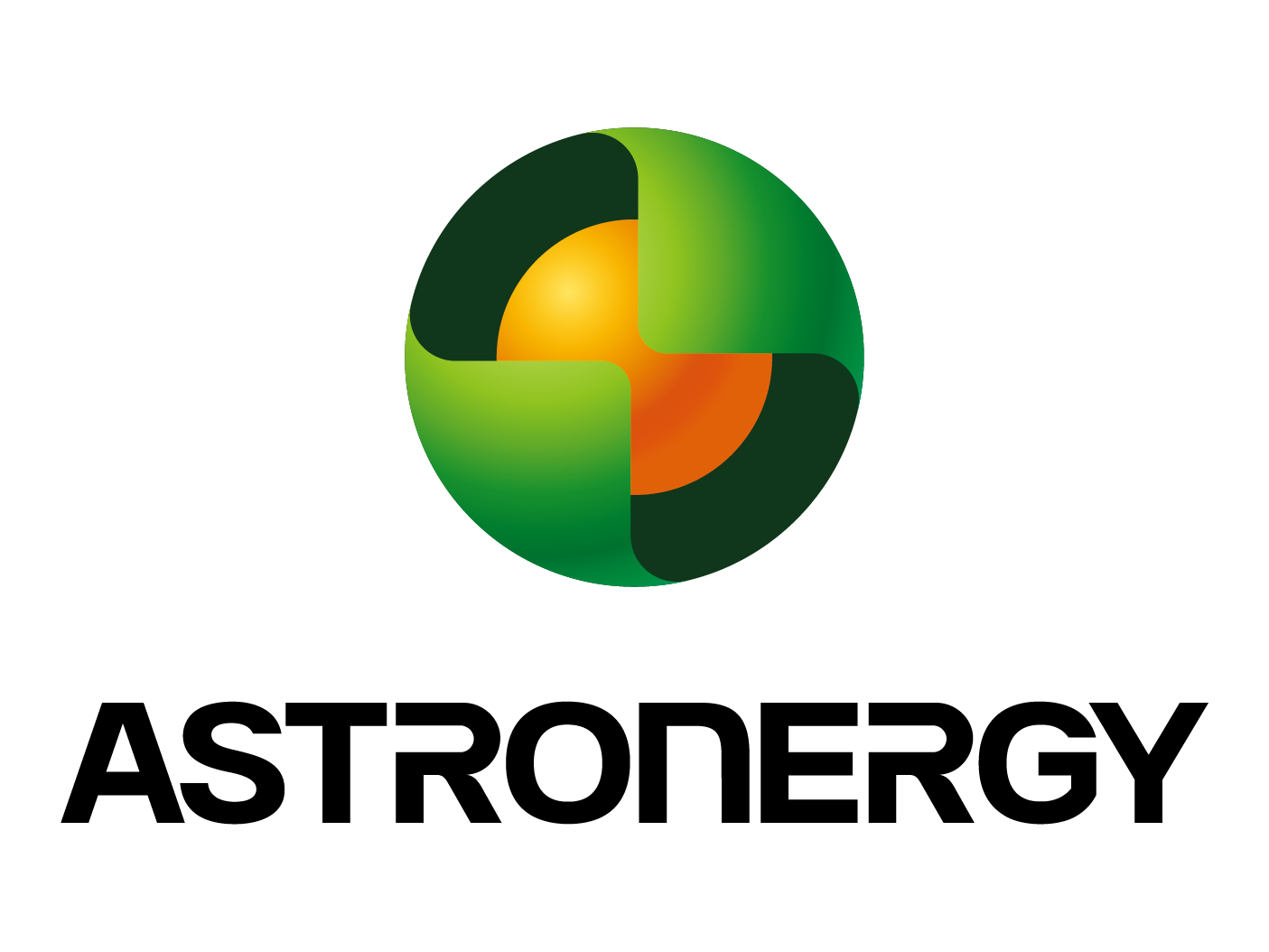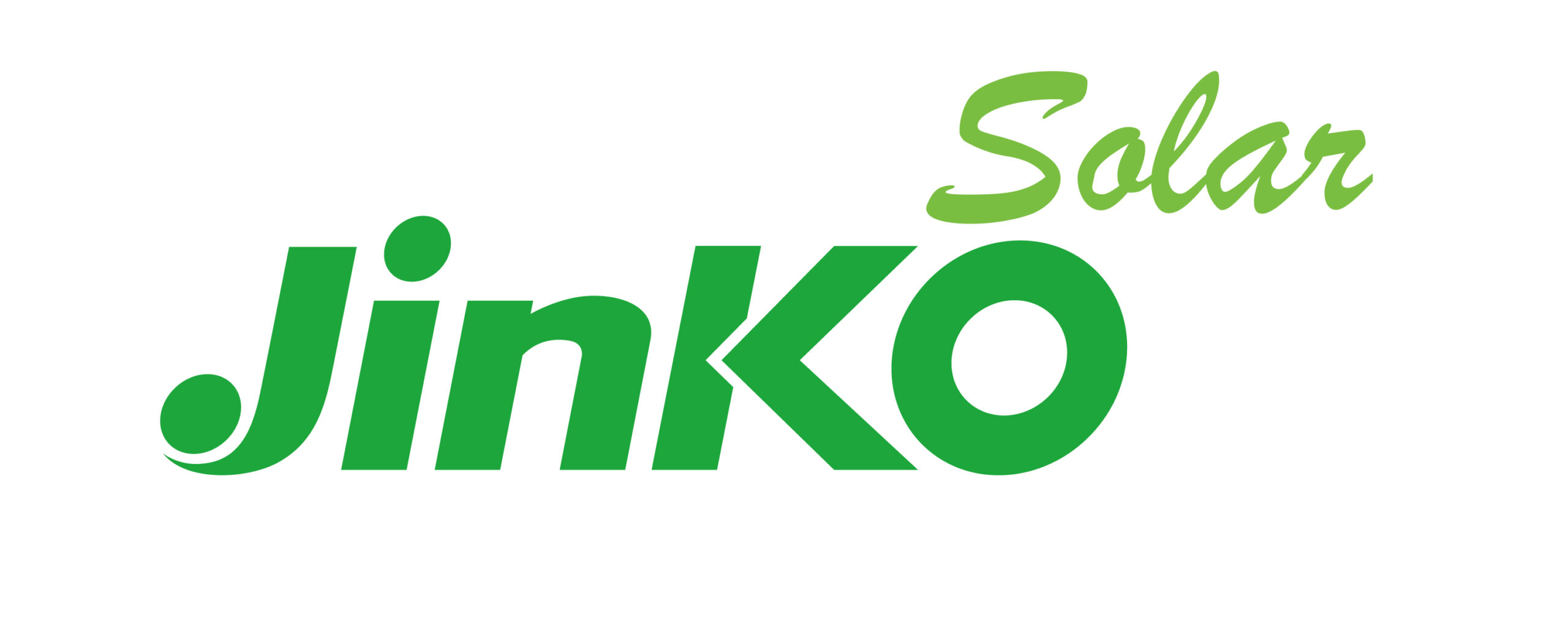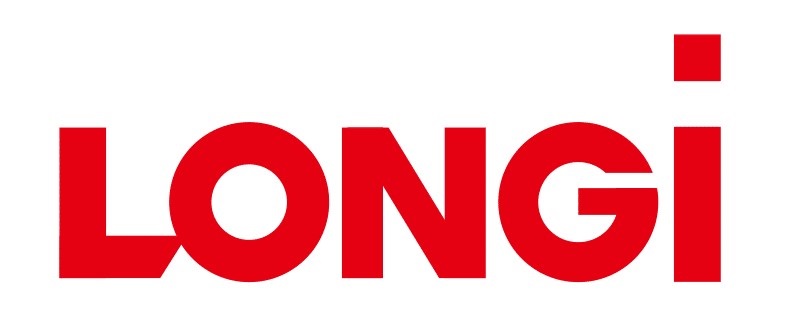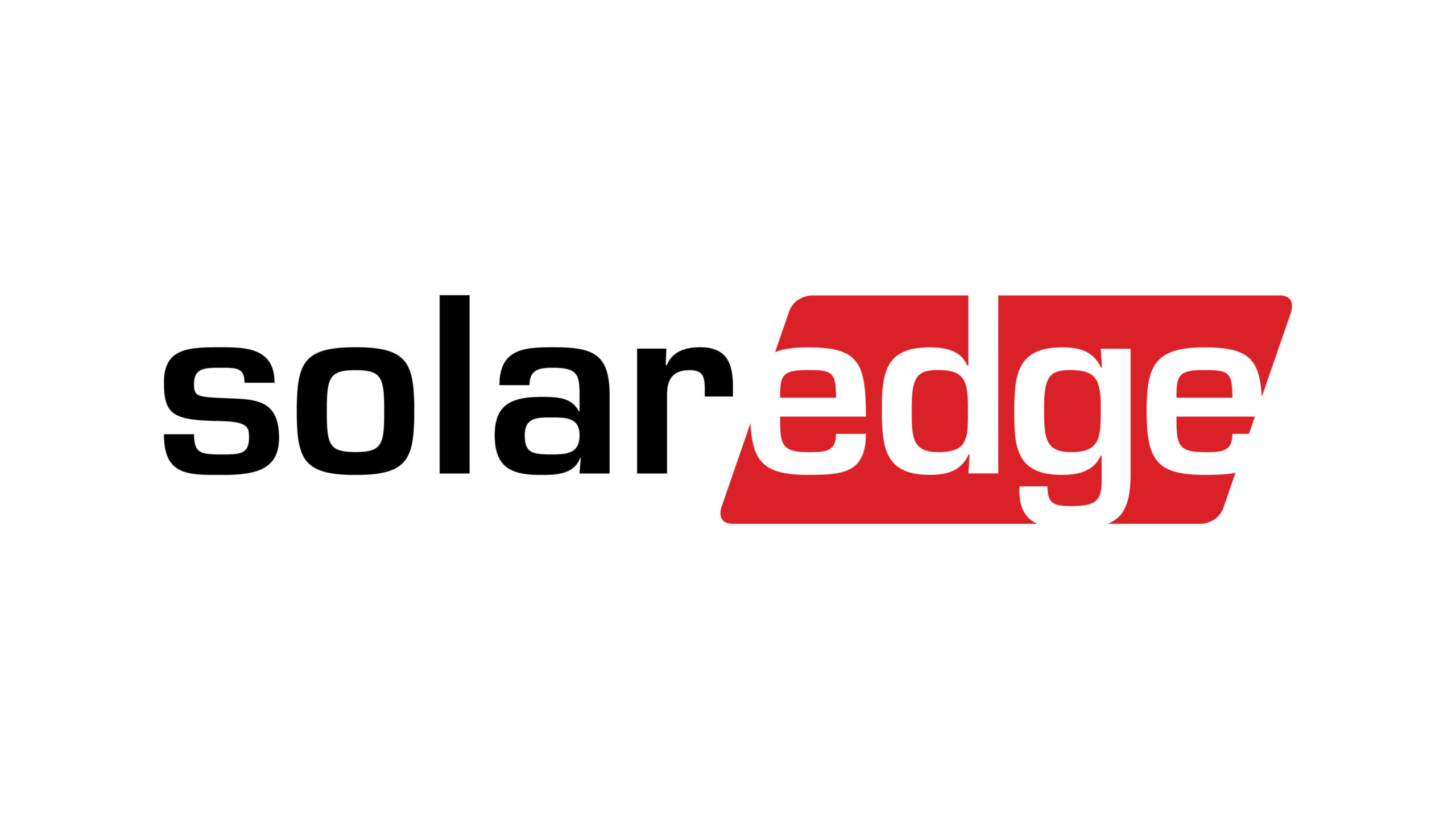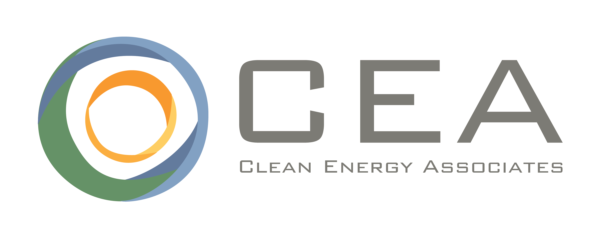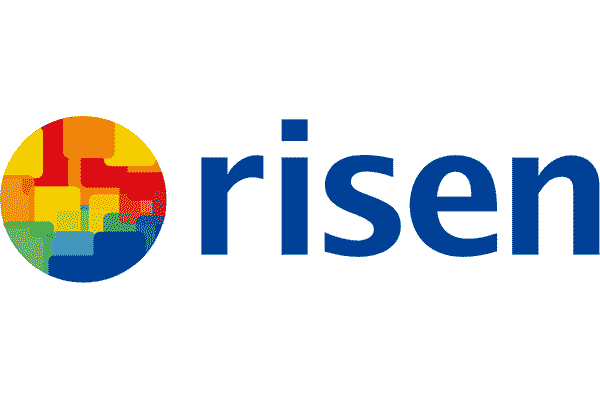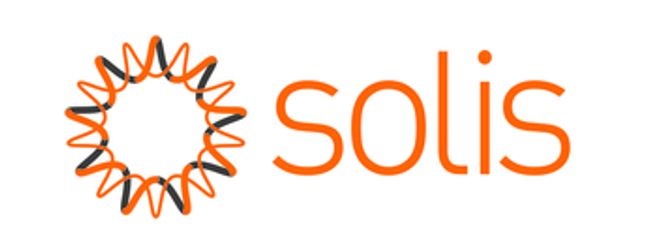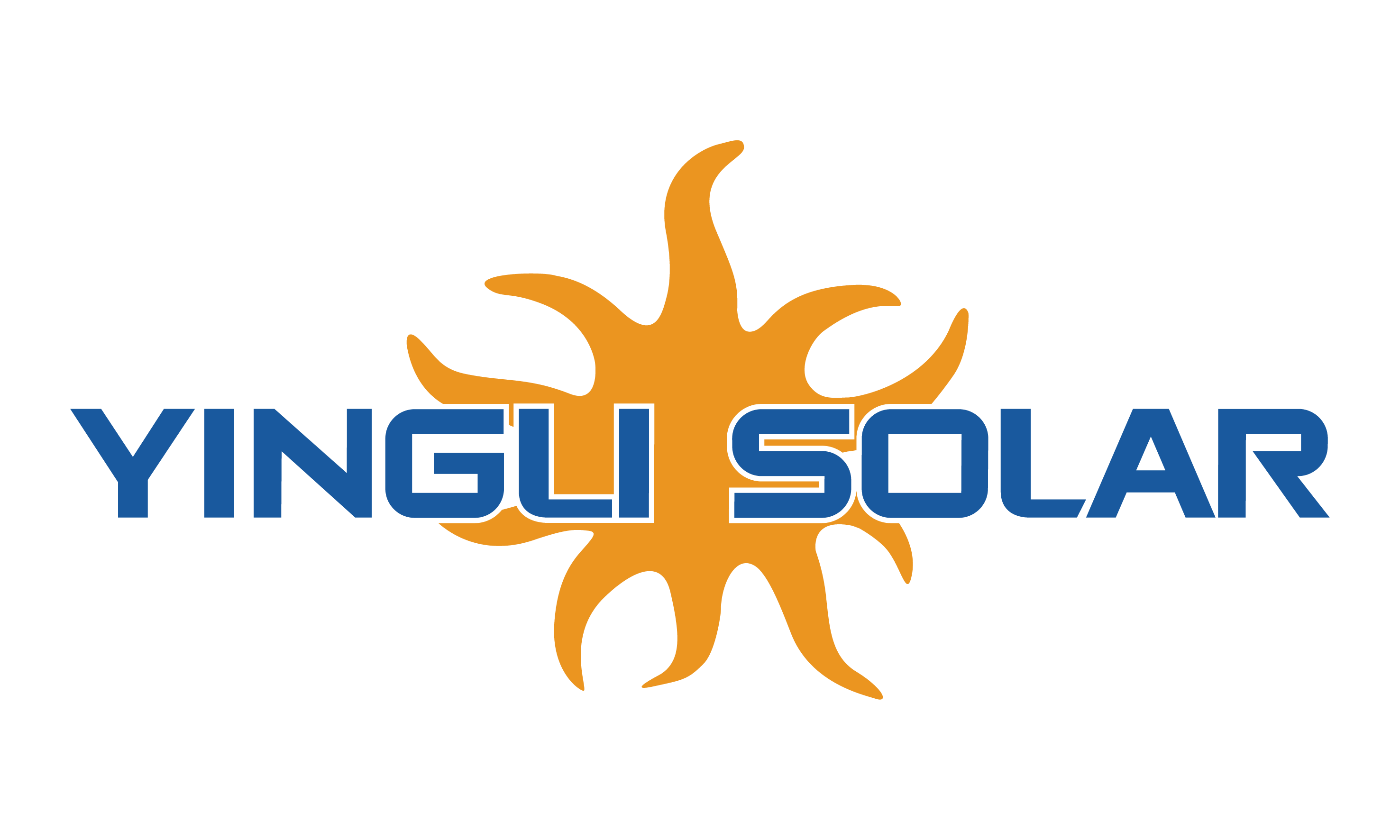
Europe ’23
December 5 & 6
Our virtual RTEU returned with an exciting program and in-depth content sessions about the European solar and storage industry.
Below, you can find out more about the Roundtables sessions, expert speakers, moderators, and event partners. Looking for the presentations? See below!
Roundtables Europe 2023 | Recordings of Day 1
Roundtables Europe 2023 | Recordings of Day 2
Roundtable Sessions
Throughout ten program sessions, we welcomed over 50 experts to discuss the future of the dynamic European solar and storage landscape.
Day 1
Opening Session | The Future of the European solar and storage market
Dec 5, 9:30 am CET, Berlin
The global storage and solar market is rapidly evolving, and Europe has its own intrigue. In this session, we will overview the relevant topics and guide you through our roundtables. Nextracker will provide a firsthand look at their projects and offer practical and actionable insights into the industry.
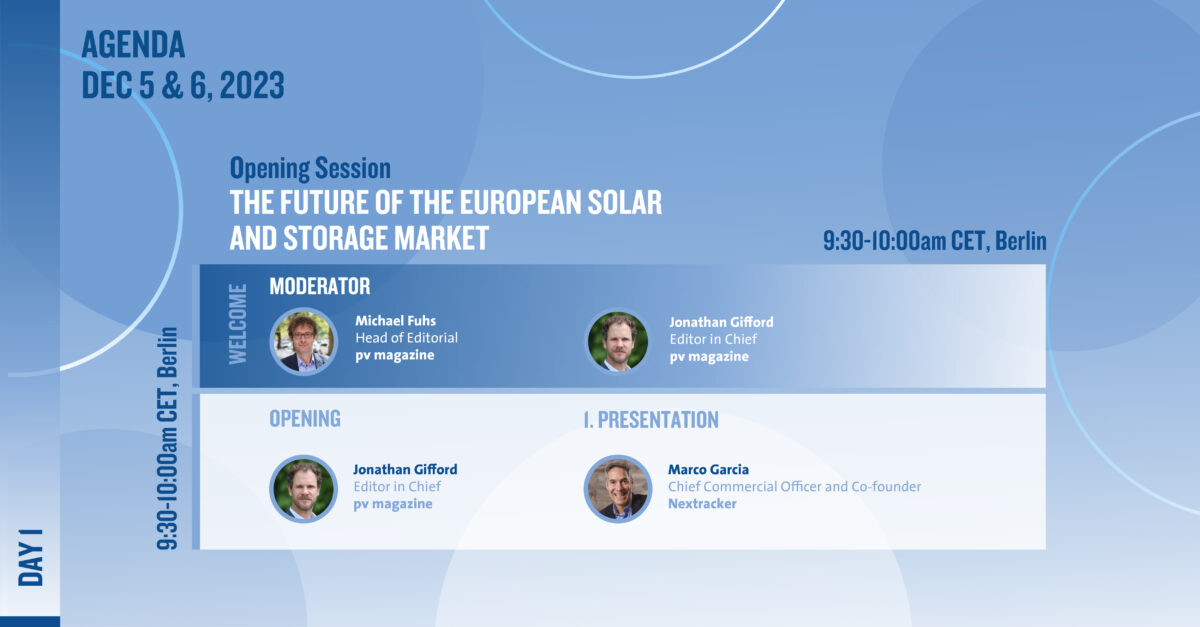
Opening_Presentation_Jonathan Gifford, pv magazine
Session 1 | Quality under pressure – Handling harsh environments
Dec 5, 10 am CET, Berlin
As solar expands its reach across wilder, windier, and wetter environments, robust and durable components are paramount. Modules, structures, floats, inverters, and balance-of-system (BOS) components must withstand the harsh conditions of these environments for many years to come. With land becoming increasingly scarce, it is crucial to explore all possible locations for solar installations, including inland waterways to open oceans for floating PV and designs that can survive snow, hail, and the 1-in-100-year events that are becoming more common. Can solar ride high over wind and waters, and how do innovations in harsh environments help the wider industry?

Session 1_Presentation_Joe Guo, Yingli Solar
Session 1_Presentation_Peijun Shen, Longi
Session 2 | Quality of TopCon
Dec 5, 11:15 am CET, Berlin
When new module technologies emerge into the mainstream, questions always arise, such as: How stable are they in the long run? How do we test them? In most cases, reliability issues are resolved early on. However, the industry needs to know what to check for and how to assess the risk to protect their investments and the long-term value of the assets. As TOPCon enters the mainstream, specific degradation pathways are becoming better known, along with various solutions to pre-empt excess losses or problems.
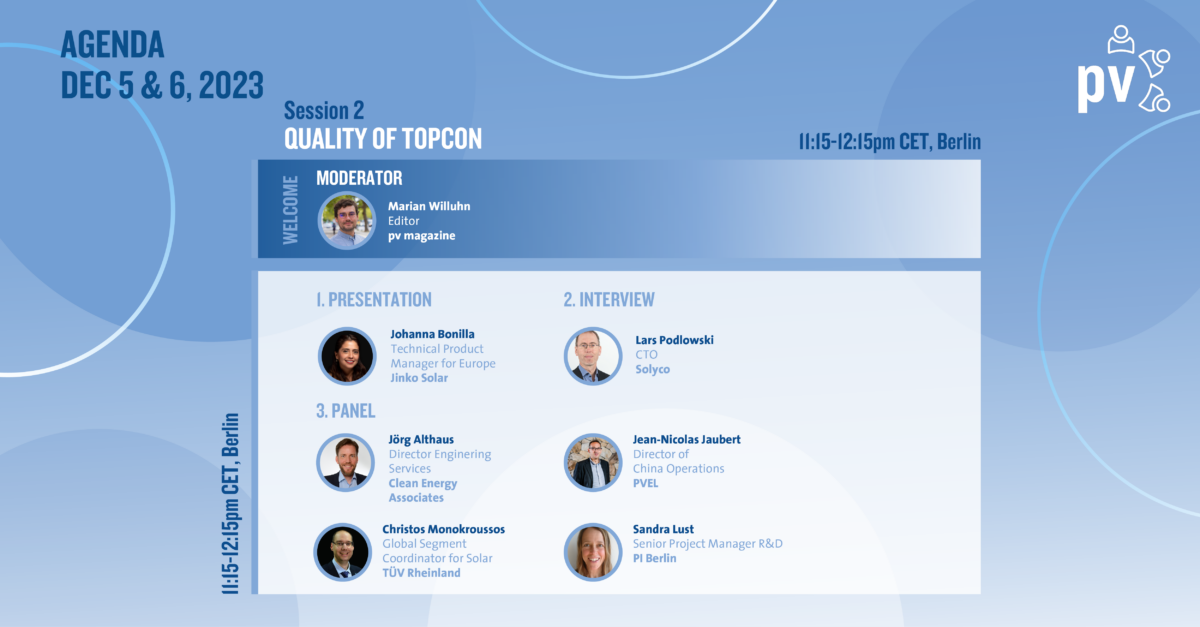
Session 2_Presentation_Johanna Bonilla, Jinko Solar
Session 3 | Next generation cell and module tech
Dec 5, 12:15 pm CET, Berlin
What does life-after-PERC look like? High-efficiency n-type technologies have surged into the mainstream with TOPCon clearly the front runner. But HJT and xBC technologies are also being advanced and bringing unique value to the market. In the current oversupply market, how will high-efficiency technologies compete, and what is the pathway for future cost reductions? Furthermore, can these next-generation technologies overcome material supply challenges?
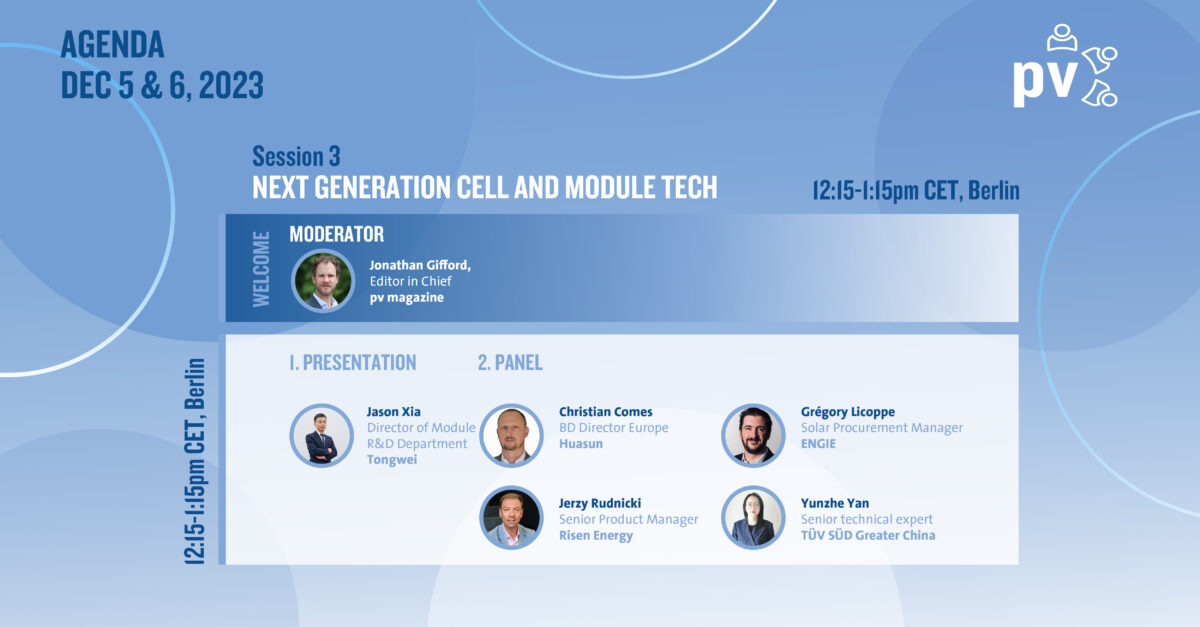
Session 3_Presentation_Jason Xia, Tongwei
Session 4 | Low-carbon solar evolution
Dec 5, 2 pm CET, Berlin
The PV industry claims to be particularly sustainable. Sustainability reports are used as proof of improvements and achievements. But what do they reveal, and which categories are important? The carbon footprint of a module is becoming key, with manufacturers advertising low-CO2 products and politicians considering promoting virtuous products linked to their districts. We ask, how big are the differences between the products, how is the CO2 footprint determined, and what is the benchmark?
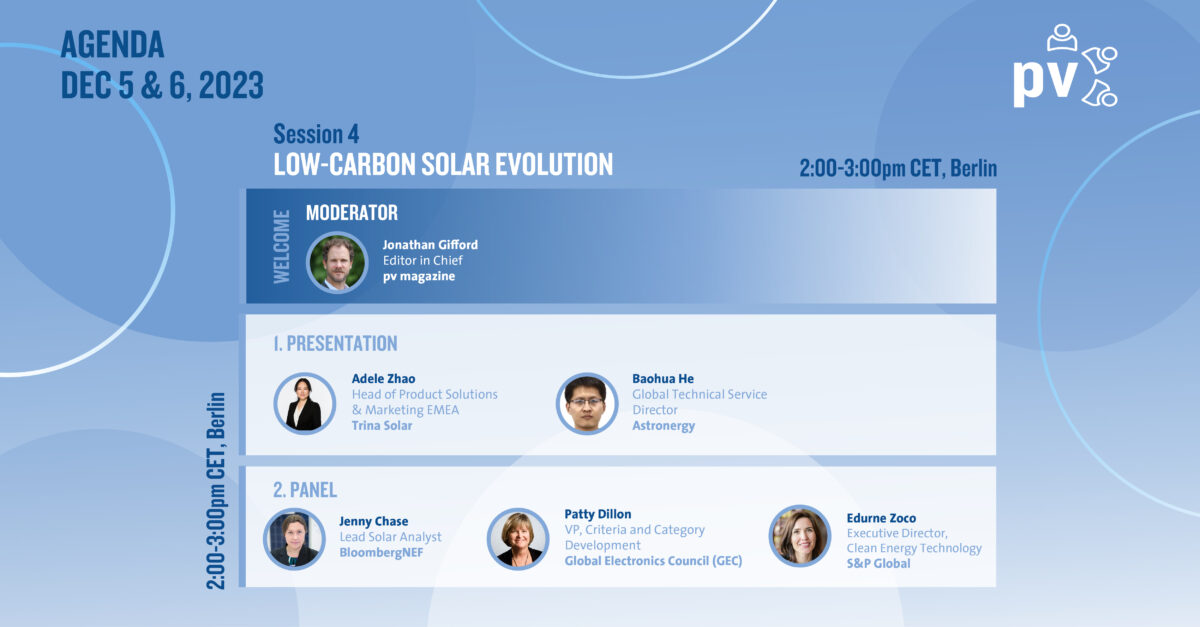
Session 4_Presentation_Adele Zhao, Trina Solar
Session 4_Presentation_Baohua He, Astronergy
Session 5 | Tech & finance: Enabling solar
Dec 5, 3 pm CET, Berlin
From the residential to C&I sector, Europe’s solar market offers ample opportunity if project developers and investors turn to tech to overcome common obstacles: Such as grid connections that are not guaranteed. However, managing self-consumption and storage with EVs brings opportunities. Faced with a shortage of skilled workers, installation companies can streamline sales, planning, and engineering processes by looking to AI-guided software to speed up things. And with energy prices through the roof last year, businesses should panic buy solar and storage. But financing is an old problem to which new political solutions appear on the horizon.
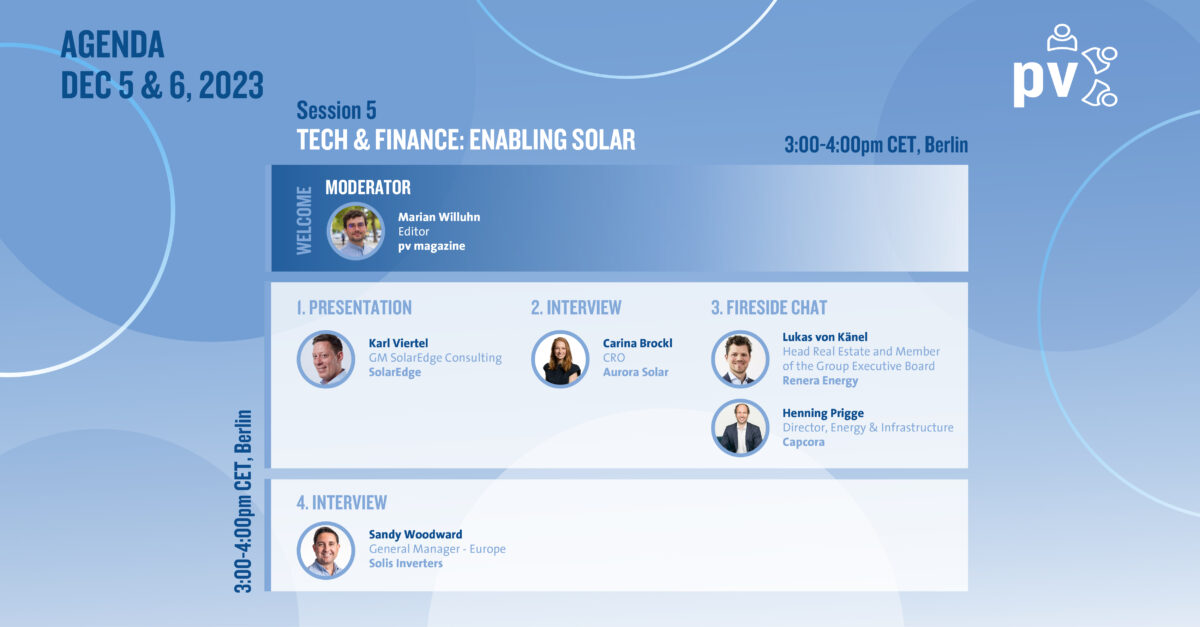
Session 5_Presentation_Karl Viertel, Solar Edge
Session 6 | Agri PV: Harvesting ideas
Dec 5, 4:15 pm CET, Berlin
Across a span of five years, pv magazine has published more than 300 articles on solar and agriculture, Agrivoltatics, or AgriPV. Yet still, the idea of farmers and solar working together in cropping and grazing feels like a nascent industry, or at best, gaining traction. Why is the industry not moving faster together, and what’s next for AgriPV, and where?
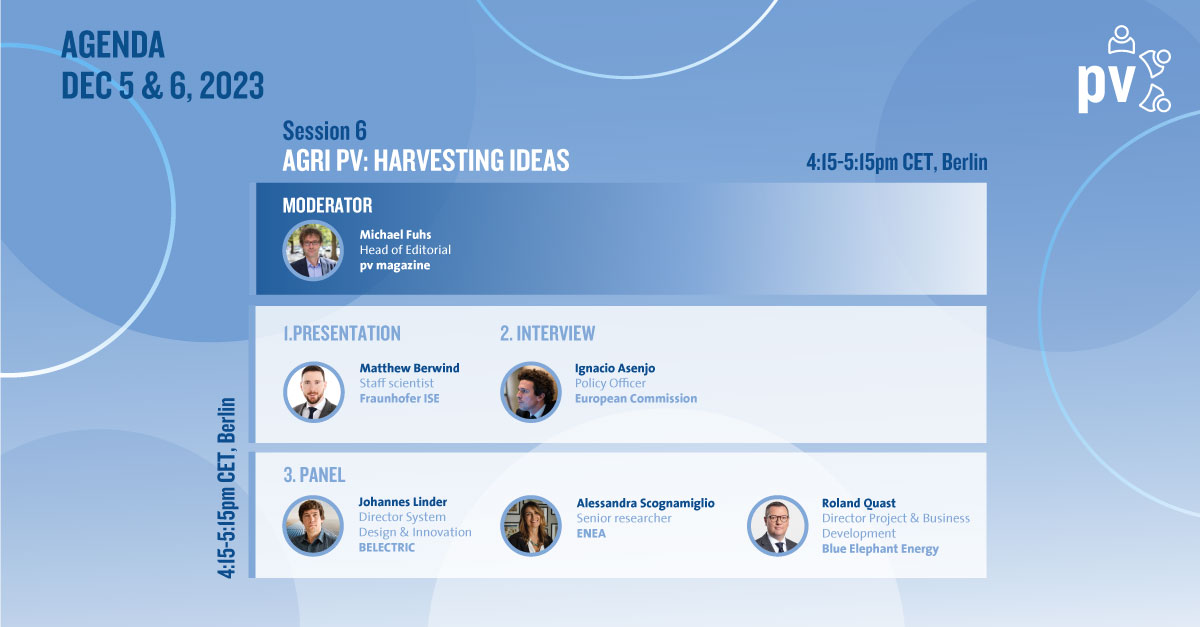
Session 6_Presentation_Matthew Berwind, Fraunhofer ISE
Session 6_Slides of Agrivoltaic Panel, prepared by Johannes Linder, BELECTRIC
Day 2
Session 7 | Policy, reality, and vision: 360-degree solar in EU
Dec 6, 9:30 am CET, Berlin
Unlock the future of European solar in a power-packed session! What’s the data revealing about the market’s vision? Also, solar associations from Italy, France, Germany, and Spain give first-hand insights into the reality of the market now and soon. We will also tackle the topic of ‘From Reality to Vision’ and questions of how policies can positively shape the solar landscape and what’s on the horizon for solar energy in Europe in the coming years.
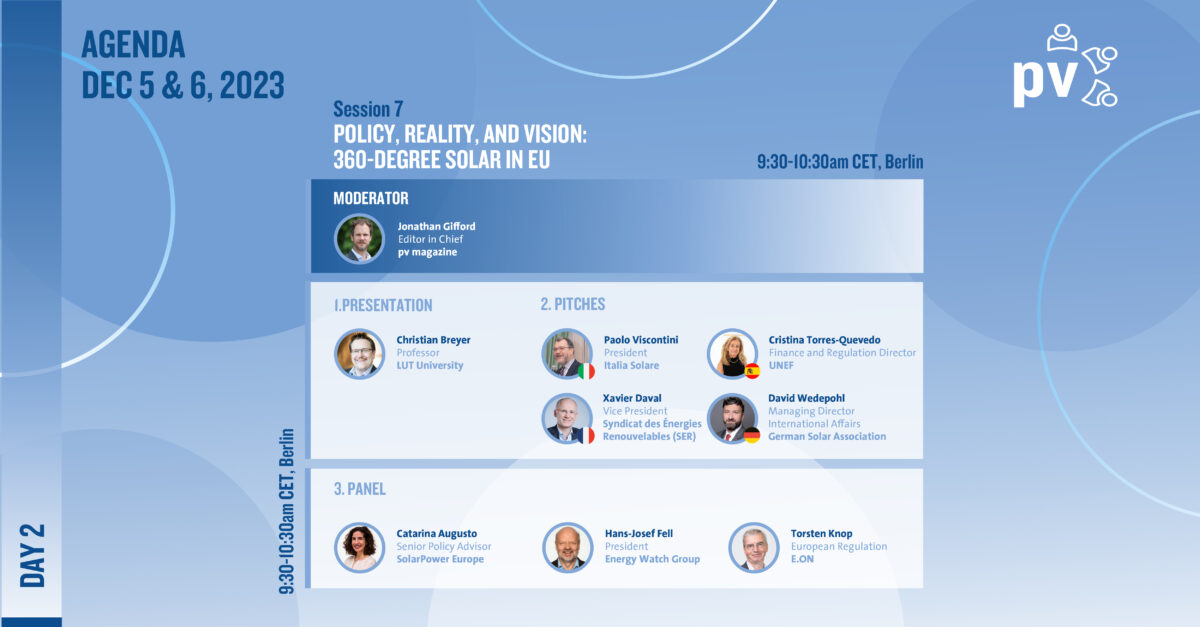
Session 7_Presentation_Christian Breyer, LUT University
Session 7_Presentation_Xavier Daval, SER
Session 8 | All about storage: Price, materials, tech, and new revenue
Dec 6, 10:30 am CET, Berlin
As the energy storage sector continues to grow and mature, understanding costs and revenue opportunities is the highest priority for many stakeholders. As lithium-based batteries continue to dominate the sector, the outlook on costs, materials, and technology remains the key question. In addition, we will also explore the most attractive markets and revenue opportunities for BESS in Europe, beyond the wins in transferring energy from generation to times of demand.
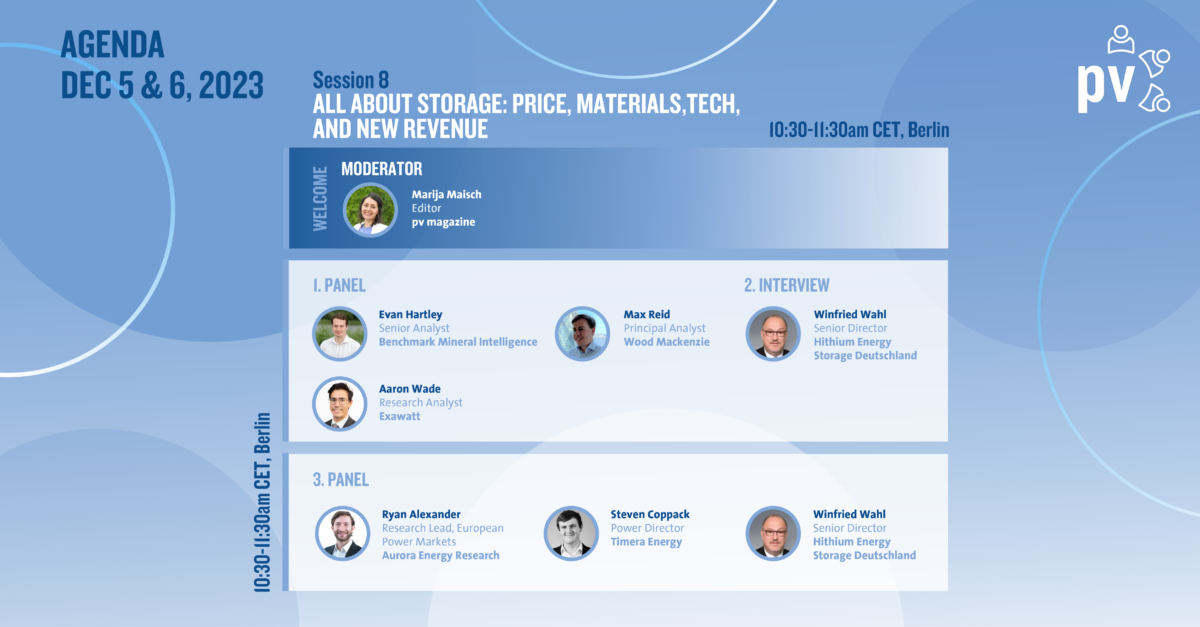
Session 8_Slide of the Storage Panel, prepared by Max Reid, Wood Mackenzie
Session 9 | Hydrogen: Potential meets reality – where are the opportunities for solar industry
Dec 6, 11:45 am CET, Berlin
The hydrogen economy is coming, and it will be big. But when will the market develop, and what prospects will it open for the solar industry to increase revenues and find off-takers? We’ll dissect where hydrogen production works and why, where it falters, and where it’s commercially sound. We’ll dive into the heart of hydrogen production—the electrolyzers, and have a look at the different technologies, their expected cost degression, and whether colocation with solar plants is a reasonable opportunity. Finally, we explore PtX technologies, assess their development speed, and discover which electrolysis tech is gaining ground.
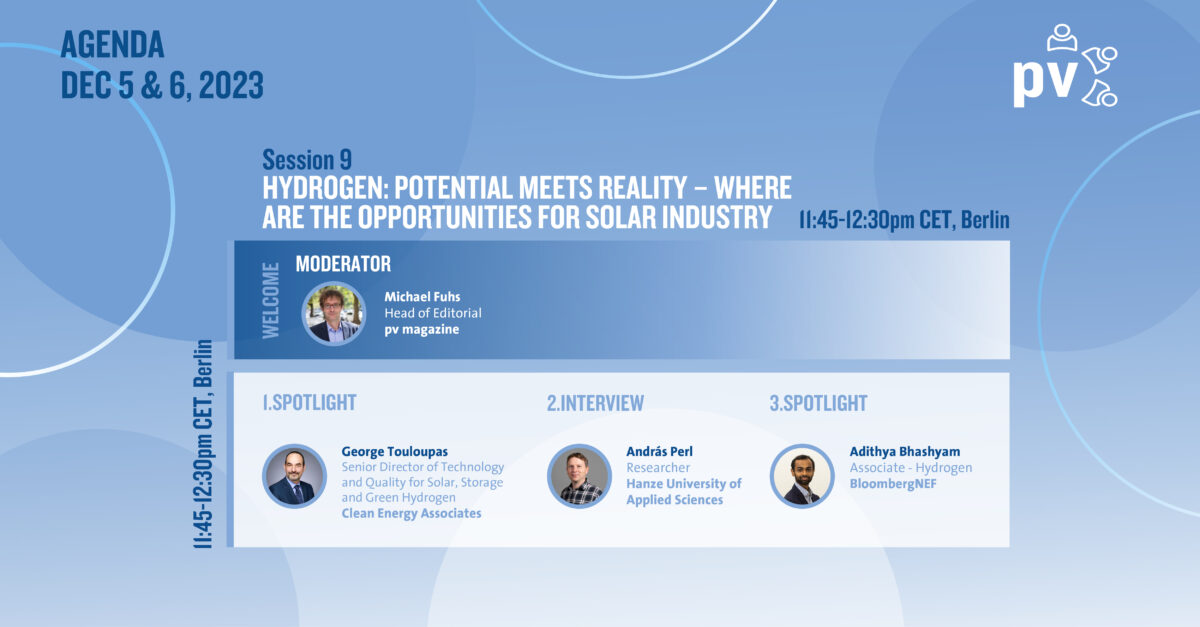
Session 10 | Supply chain spotlight: Prices & production prospects
Dec 6, 12:30 pm CET, Berlin
Decreased prices and excessive stockpiling may excite project developers and lead to market distortions. And, when considering how PV manufacturing can make a comeback in Europe, it adds considerable risk to any thought of a renaissance. In the first part, we discuss how much further prices can drop or when they will rise again. In the second part, we discuss the status of the various measures planned by the EU and the member states to promote domestic production, what is planned related to the ban of forced labor, and whether tariffs would be a threat or a benefit for Europe.
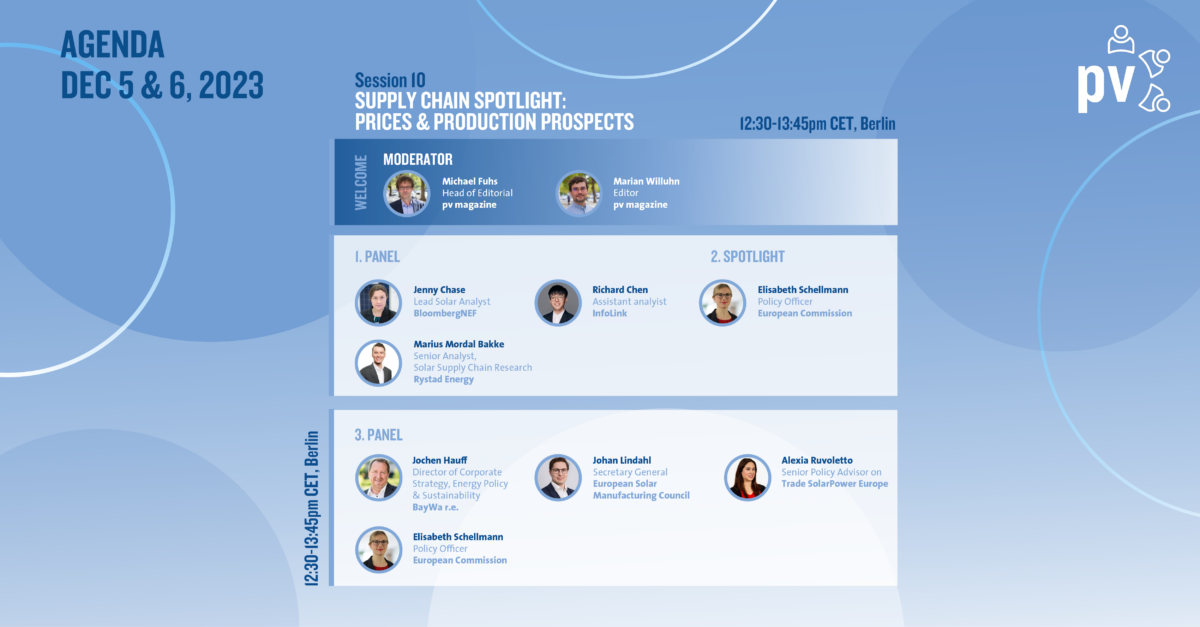
What You Could Expect:
- Curated by pv magazine: Our two-day program was alive with energy, with the experts at pv magazine curating sessions to discuss, analyze, and dissect the latest industry news, and trends, and host insightful discussions.
- In-Depth Content: The world of solar and storage has never been bigger or more important, and our sessions delved into the hottest topics such as new technology trends, sustainability, quality, energy management and AI, Agrivoltaics, European value chain, deployment and grid issues, policy to advance renewables, and the energy storage landscape.
- Top Experts: Our conference united the powerhouse minds in the European solar industry, sparking discussions among top experts, analysts, and stakeholders.
- Free Access: Essential market insights and technological knowledge at no cost, all from the comfort of your home.
Meet our Expert Speakers
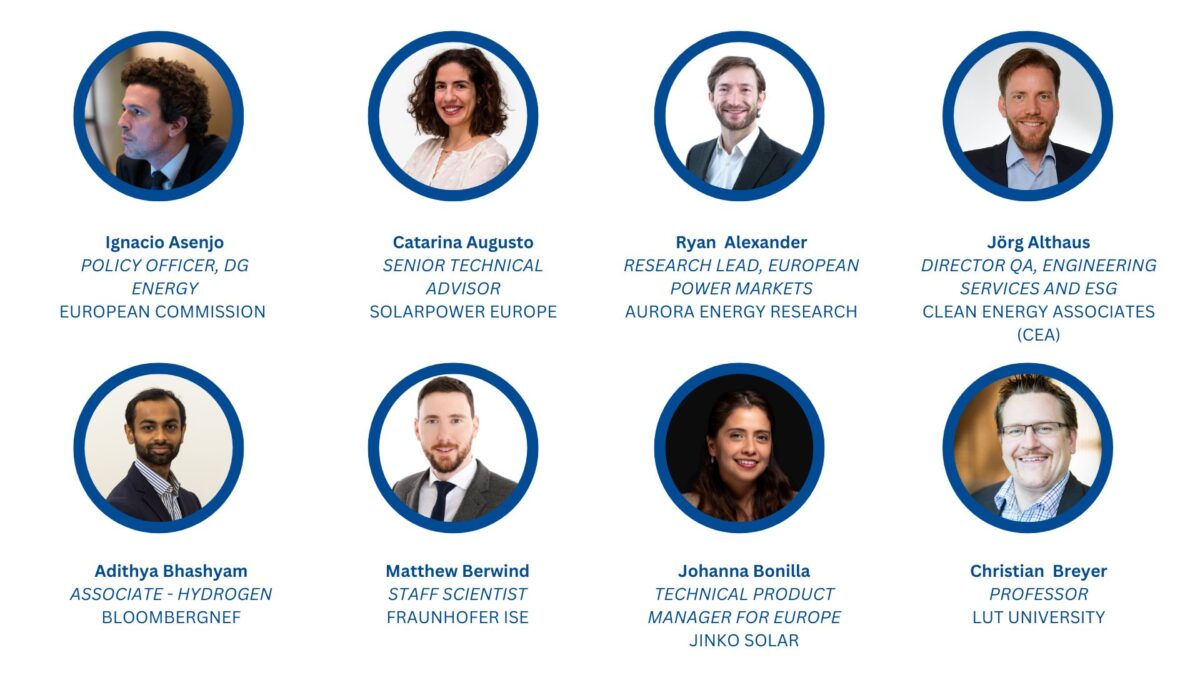
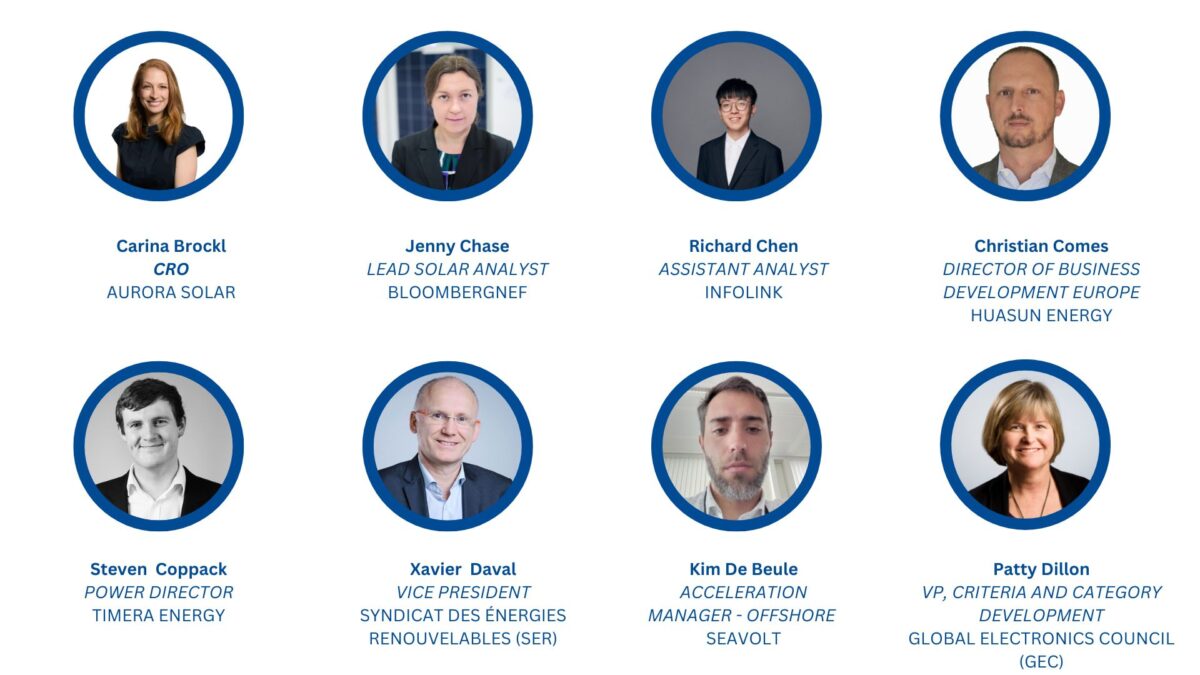
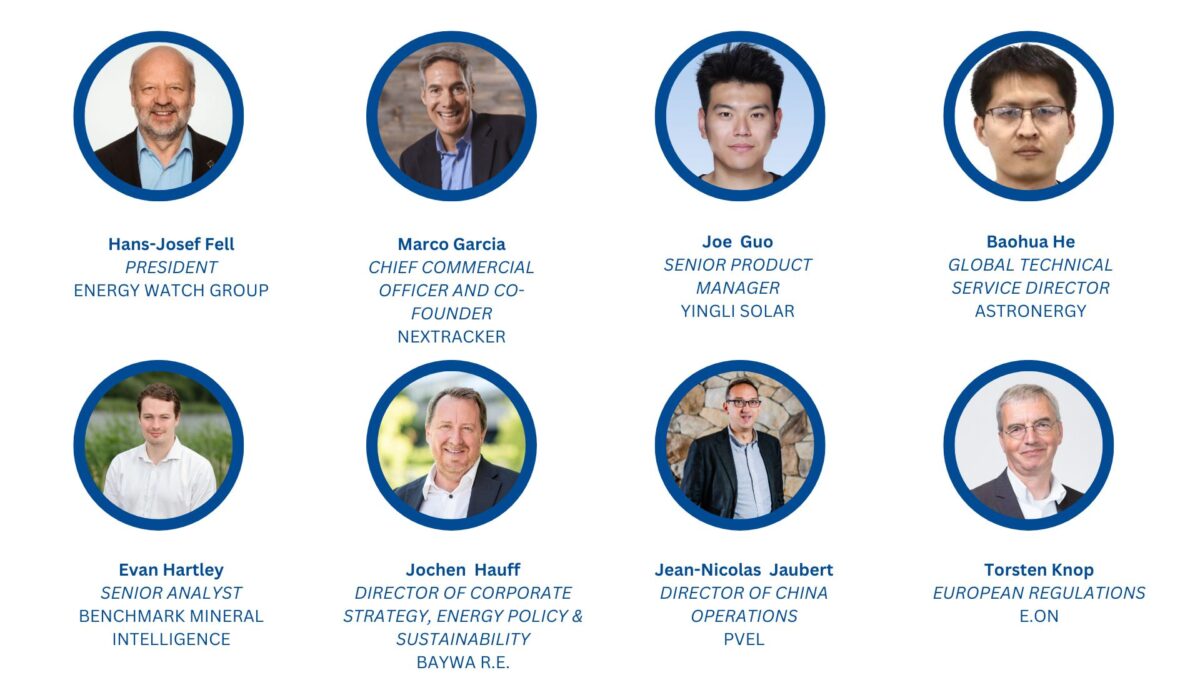
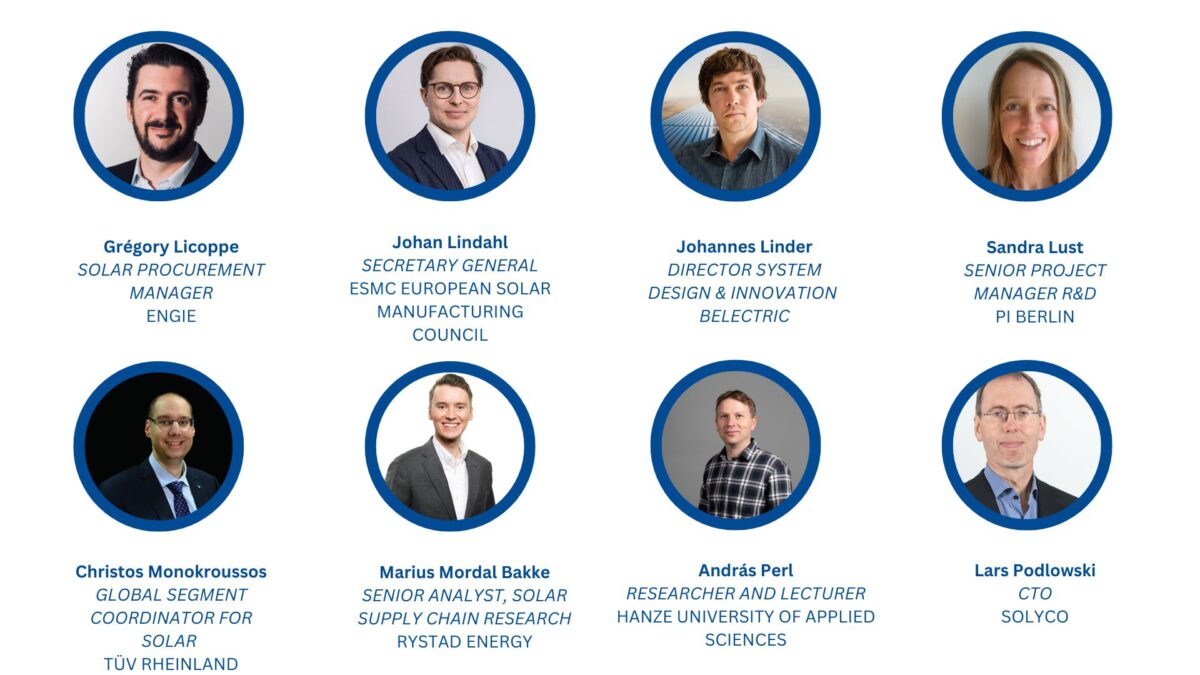
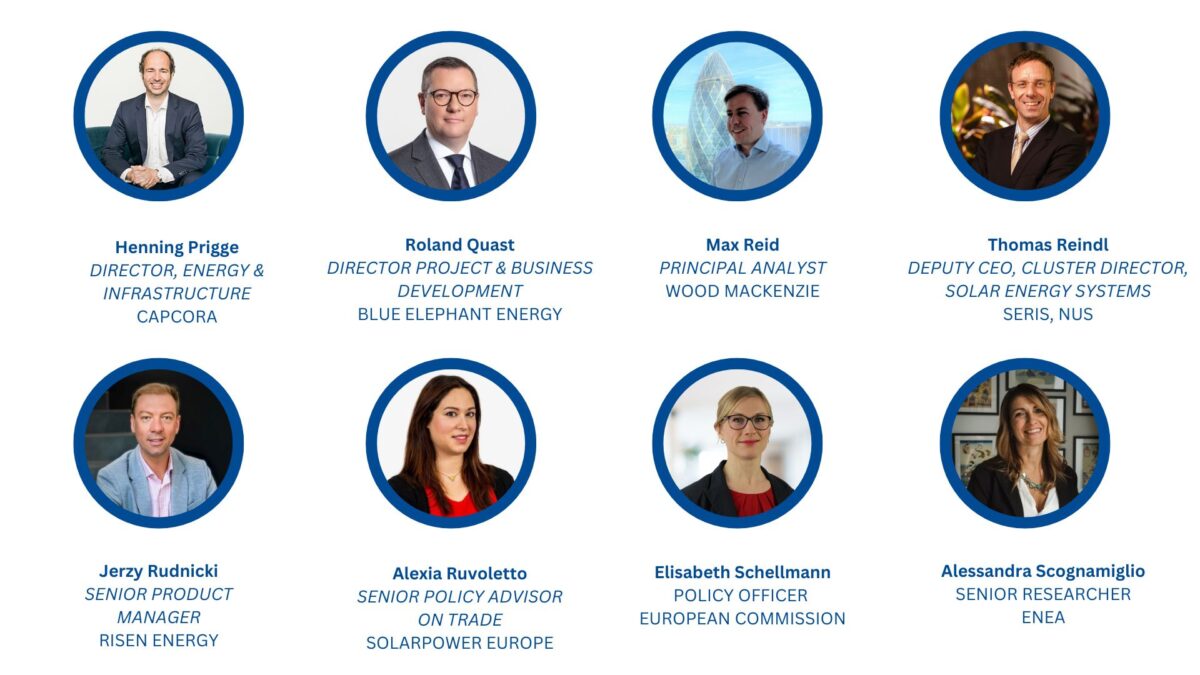
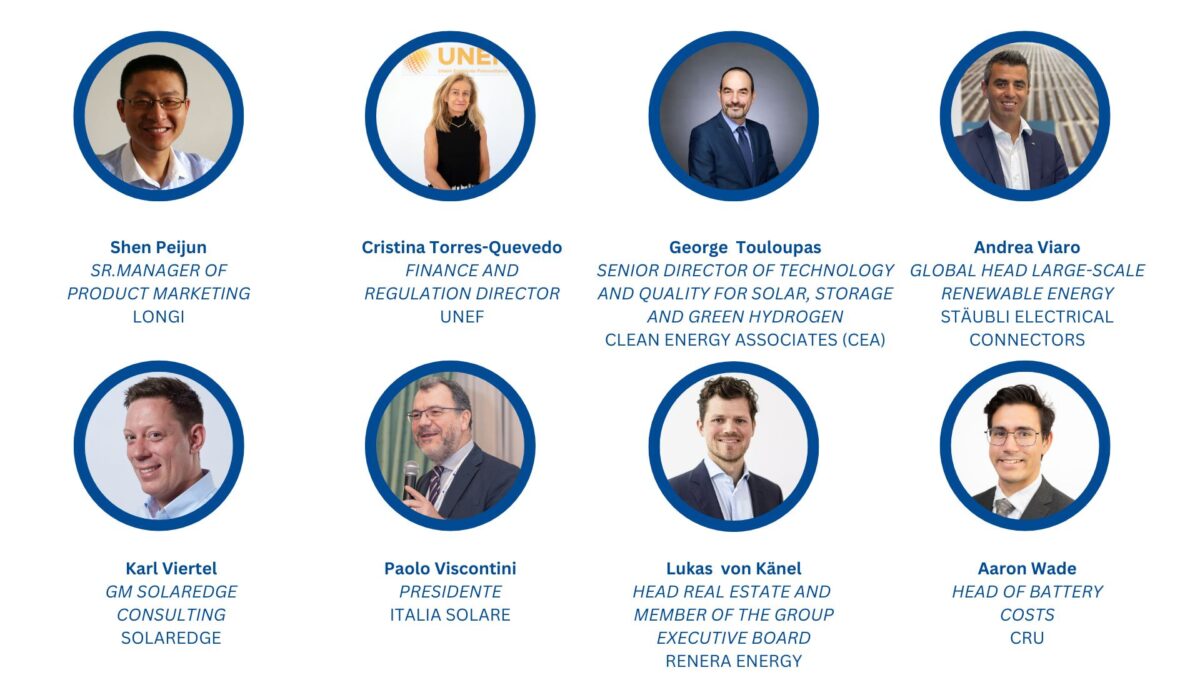
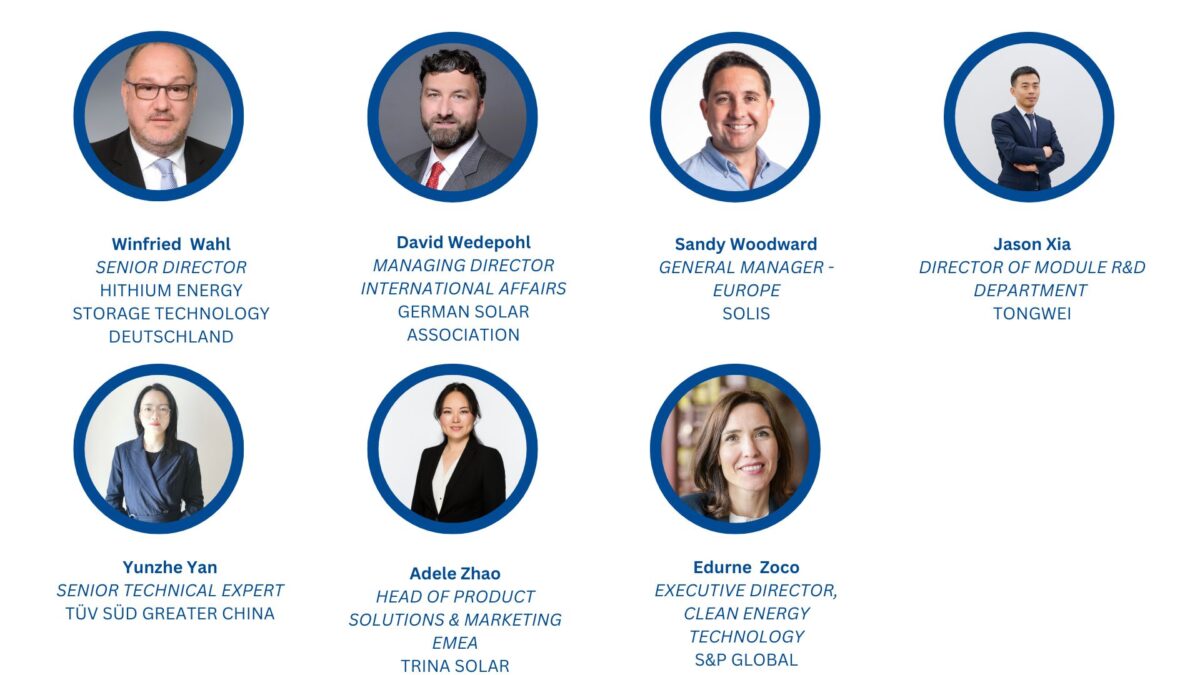
Our Poster Session Speakers
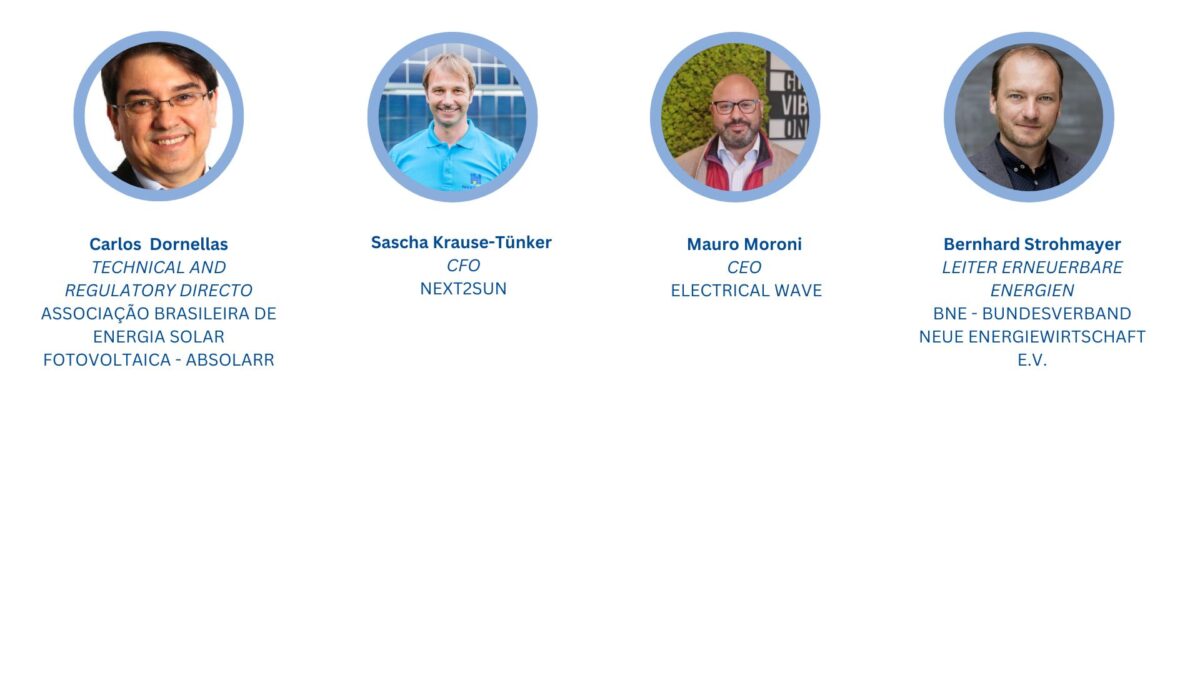
Our Moderators
Event Partners 2023
Become a Partner
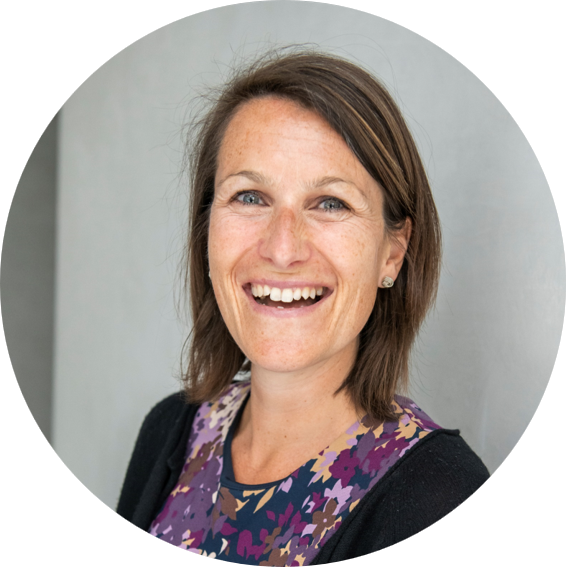
Julia Wolters
Head of Sales, EMEA
Email: julia.wolters( at )pv-magazine.com
Mobile: +49 175 290 44 01


